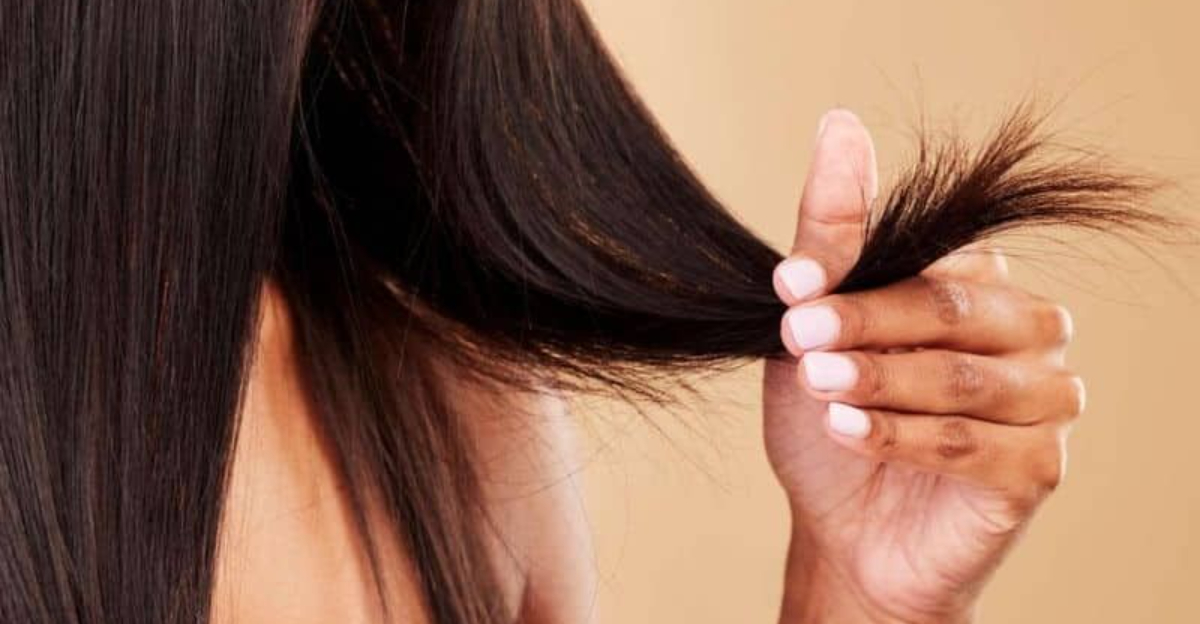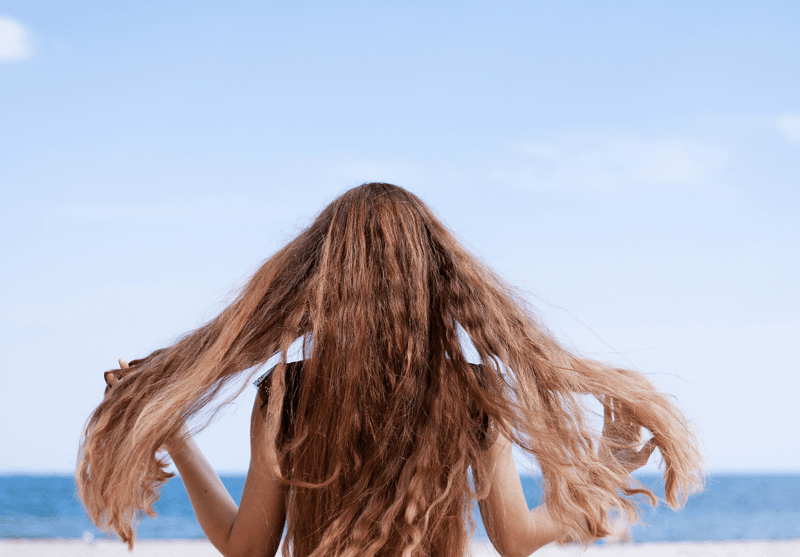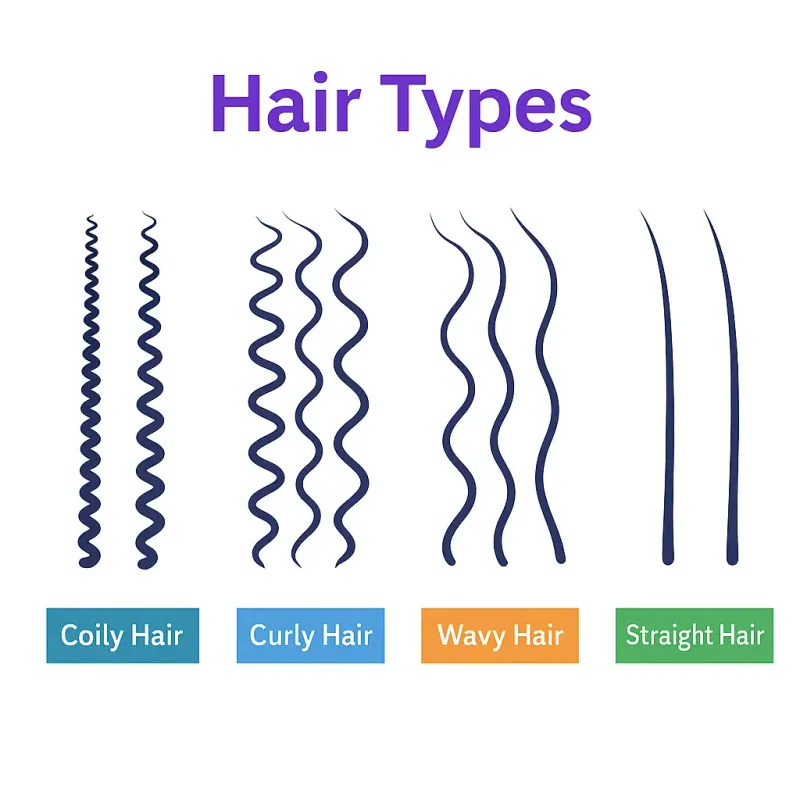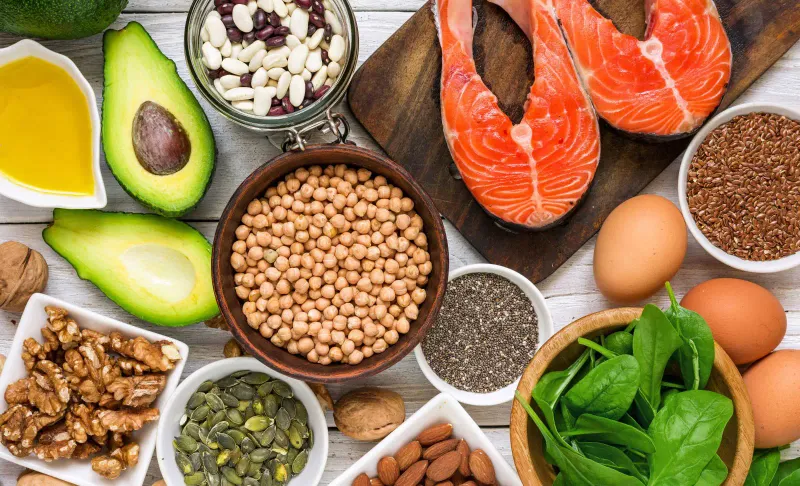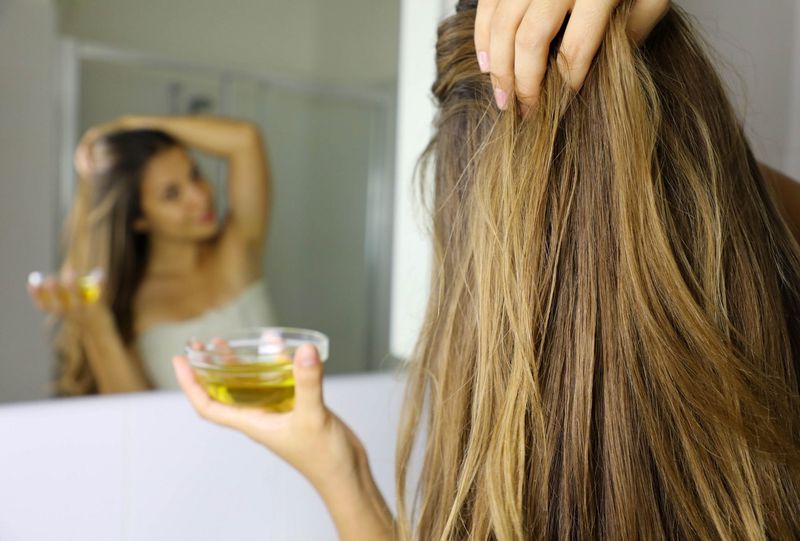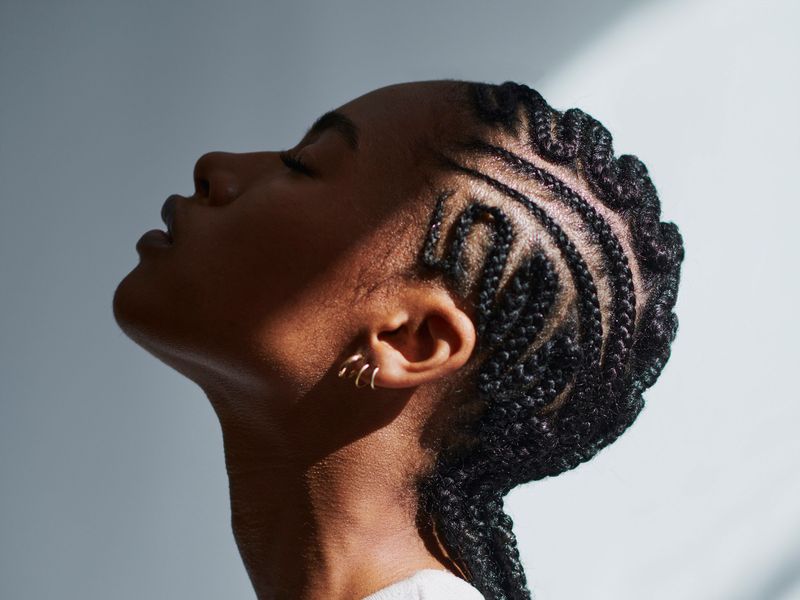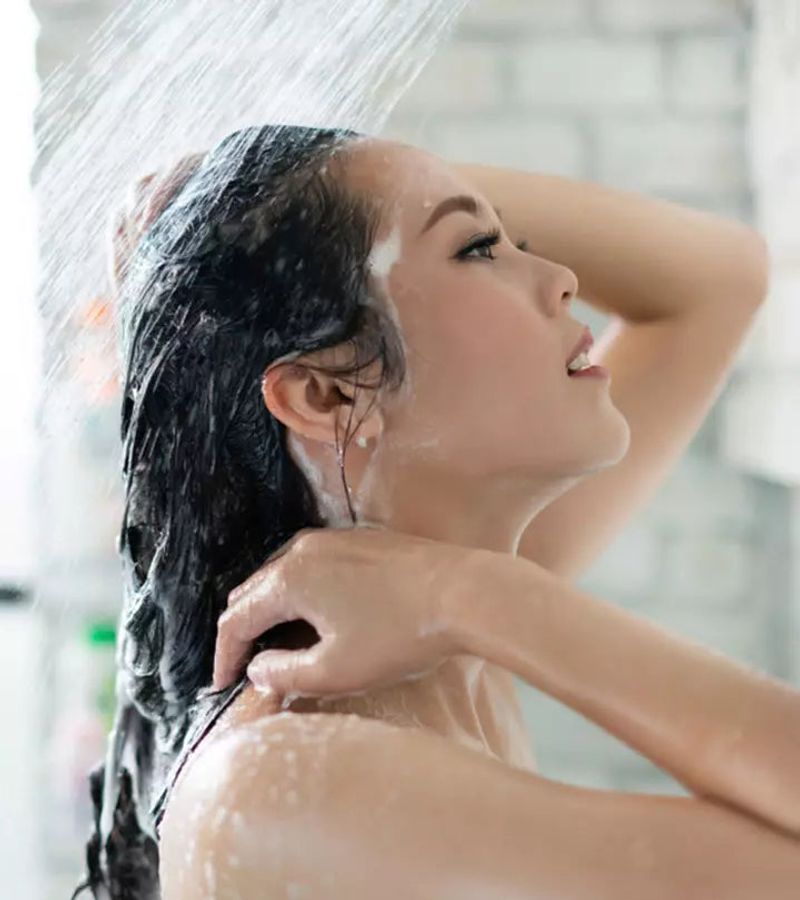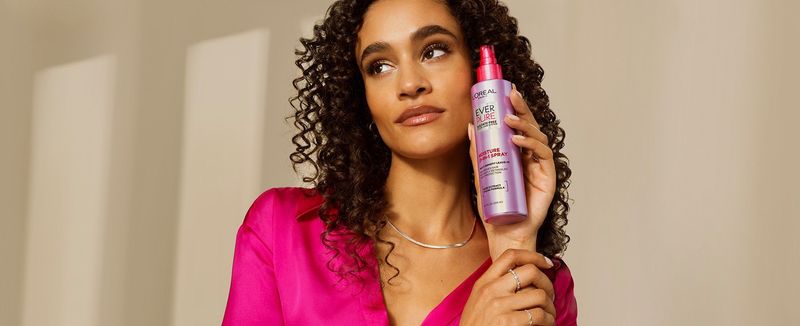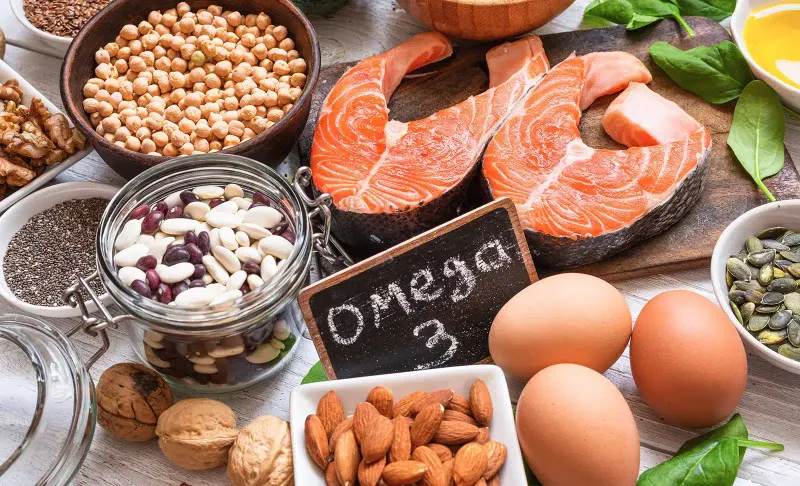Dry hair isn’t just a bad hair day – it’s a cry for help from your locks! When your tresses feel like straw instead of silk, there’s always a reason behind the roughness. Understanding why your hair is thirsty is the first step to bringing back that healthy shine and bounce you’re missing.
1. Over-washing strips natural oils
Daily shampooing robs your scalp of protective sebum. Your hair needs these natural oils to stay moisturized and healthy.
Try extending days between washes to allow your scalp’s natural conditioning system to work its magic.
Related: -7 Straight-Hair Problems No One Talks About And 8 Easy Fixes That Shine
2. Heat styling damage
Flat irons, curling wands, and blow dryers cook moisture right out of your strands. Repeatedly applying high heat breaks down hair’s protective layer.
The resulting damage leaves hair parched and vulnerable to further moisture loss.
3. Harsh chemical treatments
Coloring, perming, and straightening treatments contain chemicals that alter hair structure. These processes often damage the cuticle layer that keeps moisture locked in.
The more chemical services you get, the drier your hair becomes.
4. Environmental exposure
Sun, wind, chlorine, and salt water all suck moisture from your strands. UV rays are particularly damaging, breaking down proteins in your hair.
Even city pollution can settle on hair, creating a barrier that prevents moisture absorption.
5. Hard water buildup
Mineral deposits from hard water coat hair strands like invisible armor. This buildup prevents moisture from penetrating and weighs hair down.
The calcium and magnesium in hard water also make it difficult for shampoo to lather properly.
6. Low-quality hair products
Bargain shampoos often contain harsh sulfates that strip away natural moisture. Many also include drying alcohols and synthetic fragrances that irritate the scalp.
These products might clean well but leave hair parched in the process.
7. Medical conditions affecting hair
Thyroid disorders, hormonal imbalances, and nutritional deficiencies can manifest as dry hair. Your hair’s health often reflects your internal wellbeing.
Conditions like hypothyroidism specifically slow oil production in the scalp, leading to dryness.
8. Aging-related changes
As we age, oil glands produce less sebum, leaving hair naturally drier. Hormonal shifts during menopause particularly affect hair’s moisture retention.
Gray hairs also have different structure, typically being coarser and more resistant to moisture.
9. Genetic predisposition
Some hair types are naturally drier than others. Curly and coily hair textures tend to be drier because oil has difficulty traveling down curved strands.
Your hair’s natural moisture level is largely determined by your DNA.
10. Poor nutrition
Your hair is built from what you eat. Diets low in healthy fats, proteins, and vitamins like biotin can lead to brittle strands.
Crash dieting is particularly harmful, as hair growth becomes a low priority when nutrients are scarce.
11. Deep conditioning treatments
Weekly deep conditioning masks penetrate hair shafts with intense moisture. Look for ingredients like shea butter, argan oil, and keratin that restore elasticity.
Heat opens the cuticle, allowing deeper penetration of conditioning agents.
12. Oil treatments
Natural oils like coconut, jojoba, and argan create protective barriers around hair strands. They seal in moisture while adding shine and preventing further water loss.
Pre-shampoo oil treatments are especially effective for very dry hair.
13. Protective styling
Braids, buns, and twists keep fragile ends tucked away from environmental damage. These styles minimize exposure to drying elements and reduce mechanical damage.
Satin scrunchies prevent moisture loss where hair is gathered.
14. Humidifiers for indoor air
Dry indoor air from heating and air conditioning systems pulls moisture from your hair. A bedroom humidifier adds moisture back into the environment while you sleep.
Aim for 30-50% humidity for optimal hair health.
15. Silk pillowcases
Cotton pillowcases absorb moisture from hair while you sleep. Silk or satin pillowcases reduce friction and allow hair to retain its natural oils.
The smooth surface prevents breakage and keeps hair hydrated overnight.
16. Cold water rinses
Hot water opens hair cuticles and allows moisture to escape. A final cold water rinse after conditioning helps seal the cuticle layer.
This simple step locks in conditioning treatments and creates instantly shinier hair.
17. Heat protection products
Heat protectants create a barrier between styling tools and vulnerable hair strands. These products contain ingredients that absorb heat before it damages your hair.
They also help distribute heat more evenly, preventing hot spots.
18. Regular trims
Split ends travel up the hair shaft, creating more damage and dryness. Trimming every 8-12 weeks removes damaged ends before they can split further.
Regular maintenance prevents the need for major length removal later.
19. Leave-in conditioners
Leave-in conditioners provide continuous hydration throughout the day. These lightweight formulas protect against environmental stressors without weighing hair down.
They’re especially beneficial for curly or thick hair types.
20. Balanced diet for hair health
Hair is primarily made of protein, so adequate intake is essential. Omega-3 fatty acids, vitamins A and E, and minerals like zinc support scalp health.
Staying hydrated also helps maintain moisture levels in hair.

